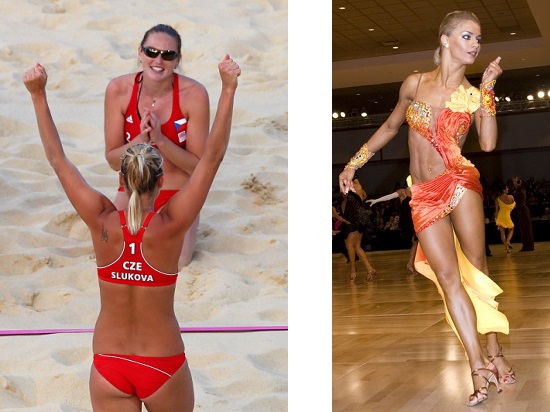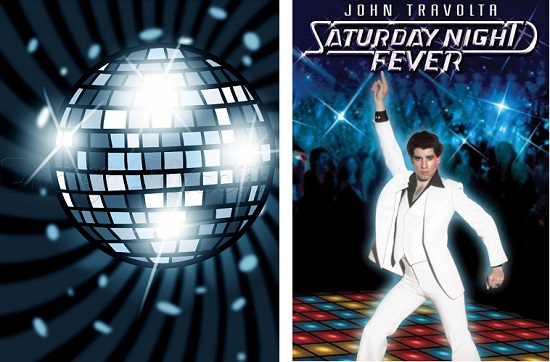Social dancing is an optional activity, so people can simply not do it during these days of the CoronaVirus. One of the dances that would be most dangerous is the Salsa Rueda. The people most impacted are dance teachers, who are unable to make a living now.”
Category Archives: Latin Dancing
Beach Volleyball is an Olympic Sport; How about Dancesport?
For some years there has been a lot of talk and some action regarding adding high-level Standard (AKA Ballroom) and Latin dancing to the Olympic offerings. For those who might sneer that dancing is not very strenuous, we suggest attending a competition and listening to the couples panting after a 2-3 minute routine.
A greater challenge is that there is already a great sufficiency of different sports included in the quadrennial Olympic Games, with vastly different audience preferences among them. Prior to the Games themselves, the International Olympic Committee reckoned that half the world would watch (in large measure via TV or on-line).
Unfortunately, it is difficult to get comparable worldwide “ratings”. Actually, it’s always been a mystery to us why they are called ratings, which implies that higher ratings means they are “better” in some sense beyond just the fact that watchers tuned their TVs to those particular programs.
Fortunately, however, there is an irreverent website fivethirtyeight.com that focuses on opinion poll analysis, politics, economics, and sports blogging. The website, which takes its name from the number of electors in the U.S. electoral college, surveyed 57,448 people during August 3-4 (no description of who was surveyed, perhaps just visitors to the website) as to their opinion of the best Olympic sport. The whole account is humorous, but the most interesting finding to us was that Beach Volleyball was #1. Hmmm. We suspect that this relative newcomer of a sport owes much of its popularity to its participants, who are very attractive women in very skimpy outfits. On this basis, we would think that at least the Latin half of the Dancesport events would be highly popular because their outfits can be as revealing as the women’s Beach Volleyball ones. No?
Disco Balls Survived Longer Than the Hustle Dance
Louisville, KY recently had a big party to celebrate its newest monument, an 11-foot diameter, 2,300-pound disco ball, to commemorate the city’s longtime role as the capital of American disco-ball manufacturing.
The heyday of disco-balls was during the 1970’s, when disco dancing was so popular. The signature dance at the time was the hustle, a sort of swing with several variations that takes some skill to make it look and feel good, but the music’s strong beat often also brings lots of unskilled “freestyle” folks onto the dance floor. For Wilddancer, it was difficult to learn the dance figures just by watching, because of their strangely syncopated steps in comparison to the more common and intuitive east coast swing or west coast swing dances.
Disco’s popularity was also helped by the Saturday Night Fever movie starring John Travolta (with his white suit and signature pose), with the Bee Gees’ “Staying Alive” song. And it also got a boost from the funny send-up of “Staying Alive” from the movie Airplane!
The disco feeling and faster tempo of that song are much better matches to the figures of the hustle than those of “The Hustle” that is often played today by disk jockeys unfamiliar with the dance.



